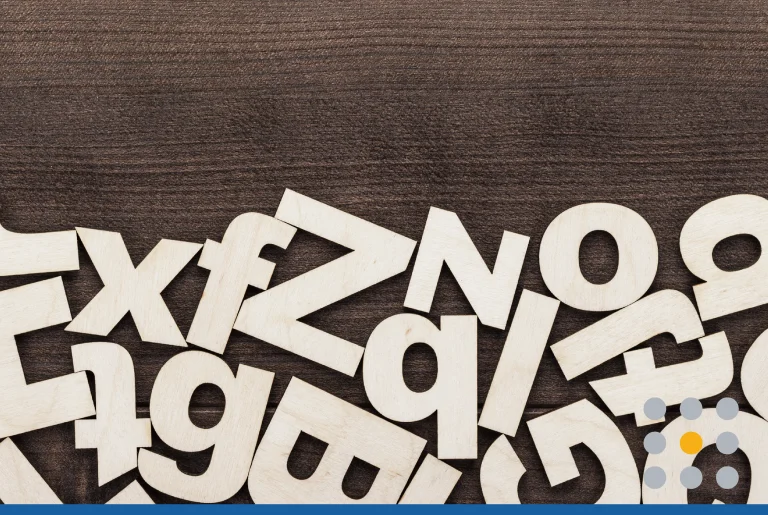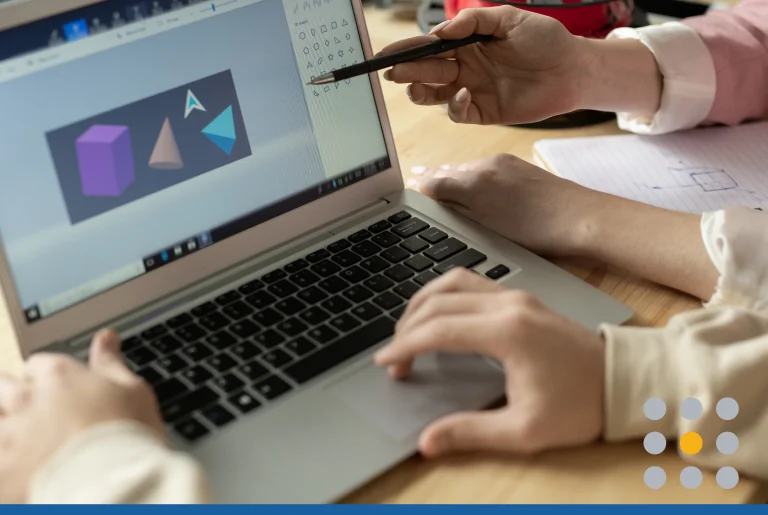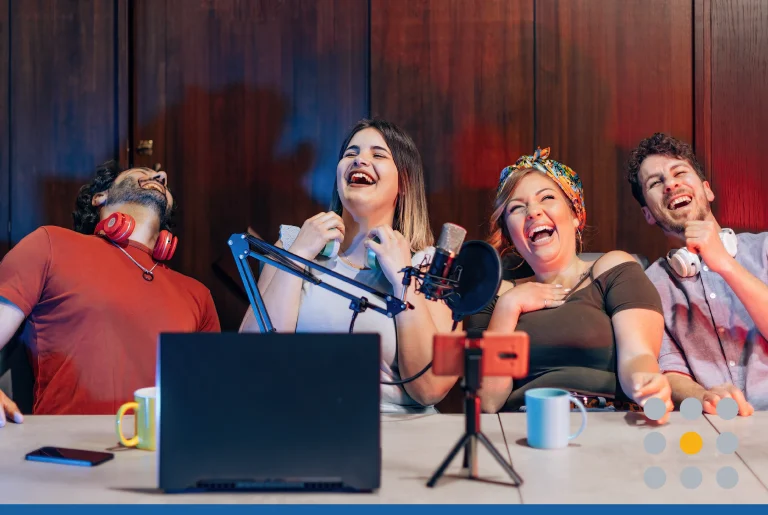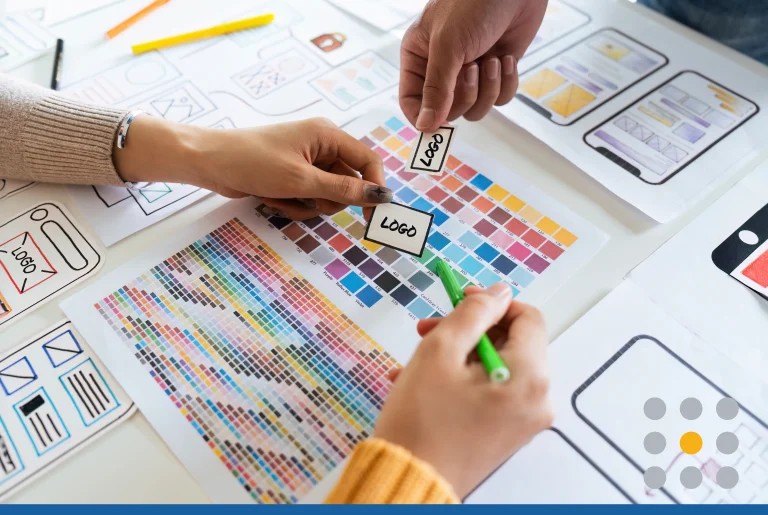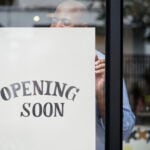Not all things should be crowdsourced. At first glance, a logo design contest might seem like a good way to get a wide range of concepts at little cost.
Put the word out about your brand. Set up a few guidelines. Let a group of eager designers compete for the best bid.
Take your pick of amazing logo designs from experienced artists. Sounds simple enough, doesn’t it?
The internet has made it easier to tap into a large artist community and get real-time feedback from people interested in your brand. At the same time, sourcing a business logo design from a mixed bag of designers can lead to more losses than gains.
While design contest sites make the process seem like a piece of cake, you could run into a horde of problems down the road.
Before you decide to host a contest, understand the potential pitfalls of crowdsourcing a logo.
The results are highly inconsistent.
Some customers love bidding sites for the low cost and access to diverse artists. Others are turned off by an impersonal design model that makes it hard to communicate a strong brand vision.
Both the supporters and the naysayers are right. Crowdsourcing a logo design CAN work, but it often doesn’t.
When you already have a solid design concept in mind, it’s easy to let a group of faceless bidders come up with quick proposals based on your ideas. But if you’re like most business owners, you probably don’t know exactly what you’re looking for.
The results of a contest largely depend on how much detail you put into a design brief. To get great submissions, you have to be able to explain what sets your brand apart and how you want to visually convey those qualities.
You have to know what message you want to send to your customers. Which logo styles you like (or don’t like). How simple or intricate you want your logo to be.
Otherwise, you’ll get a host of submissions that are completely off-base or lack the special “wow” factor you want. Even worse, you might decide to settle for a design you don’t love simply because you want something for your website right now.
Quality is more important than quantity.
Don’t overlook the relevance of this old saying. The big draw for logo crowdsourcing is the prospect of receiving a load of “custom” proposals at no cost. Too bad, getting a high quantity of submissions won’t necessarily improve your chances of finding the RIGHT design.
For one thing, the number of submissions depends on your budget and the complexity of the design. Projects with higher compensation can pull in hundreds of bids in a short period.
But if you have a small budget or elaborate logo ideas, it could take much longer to get enough submissions to adequately explore your options.
No matter how many submissions you get, there’s often no way to know if they’re really coming from professionals. While amateurs can be just as talented as established artists, they’re more likely to put aesthetics before functionality.
A logo may look fantastic on a blank submission, page, but it has to work well for your specific applications. Professionals are better at understanding your business needs and making sure everything from the color to the typography serves your goals.
You end up with second-rate work.
Think about the mechanics of a logo design contest. How is it possible for someone who’s never heard of your business or communicated directly with you to come up with a well-thought-out design in a day or a few hours?
The answer, if you haven’t already guessed it, is recycling. Many submissions are cobbled together from past projects that weren’t chosen.
And since any amateur can promote their work, it’s common to see clipart creations passed off as custom designs. What’s the point of paying a designer to throw together a basic logo you could make on your own?
In logo contests, artists are working on spec and will not see a dime unless their designs are chosen. Under these circumstances, it isn’t profitable for designers to waste time brainstorming a completely original design.
You can’t expect first-rate results from rushed, unpaid work.
You have to watch out for plagiarized submissions.
Plagiarism is rampant on crowdsourcing platforms for two reasons. It’s impossible to check submissions against every piece of imagery on the internet and beyond. Also, artists can use an assumed identity to get work while keeping their personal details under wraps.
Plagiarists know they can get away with making subtle tweaks to another artist’s work and sell it over and over again. When you operate in a relatively small market, you might never know that your logo contains stolen imagery.
But if the original artist gets wind of the plagiarism, you may face legal action and be forced to stop using the logo. Then, you’re back at square one looking for a new business logo design.
Having a copycat logo also ruins your business reputation and taints your brand. And while anyone could be guilty of plagiarism, established artists have more to lose by stealing work.
It takes time to build credibility, and first-rate designers aren’t willing to destroy their good name to make a quick buck.
You have less control over the design process.
The point of branding isn’t for a group of strangers to tell you who you are. It’s your job to project an image that embodies your brand values and your way of doing business.
If you’re creating a logo just to have something to display on your business cards, you aren’t really distinguishing your brand.
Logo crowdsourcing eliminates much of the collaborative relationship between a business owner and a designer. This rapport is invaluable if you’re struggling to develop ideas that have visual impact.
Many contest platforms do let you ask questions or offer suggestions before picking a designer. But keep in mind, you might have a large volume of submissions.
Communicating with several bidders is inconvenient and time-consuming for busy entrepreneurs. Add to this the fact that crowdsourcing platforms attract many foreign designers, which can make it harder to convey your ideas.
You might spend time messaging back and forth with designers and still be unhappy with the final versions. Working one-on-one with one design team from start to finish allows you to develop fully fleshed-out ideas.
Experts take time to get to know your brand and ask the right questions to refine your vision. At the end of the process, you have a truly unique and memorable design that comes from your shared interpretations.
Have you already had a business logo designed more than once?
You brainstormed a few ideas and then looked for the fastest, cheapest way to hire a designer. Maybe, you were ecstatic about the finished logo at first.
But after a few weeks or months, you realized the concept didn’t really work and started the whole process over again. Sound familiar?
It’s common for business owners to get caught in this dead-end cycle. You don’t know what you really want and keep relying on people with limited understanding of your business to help you figure it out.
Instead of turning over your project to a crowdsourcing platform, let a dedicated design team guide you through the process. Get a custom logo you can use to grow your brand with our professional design services.
